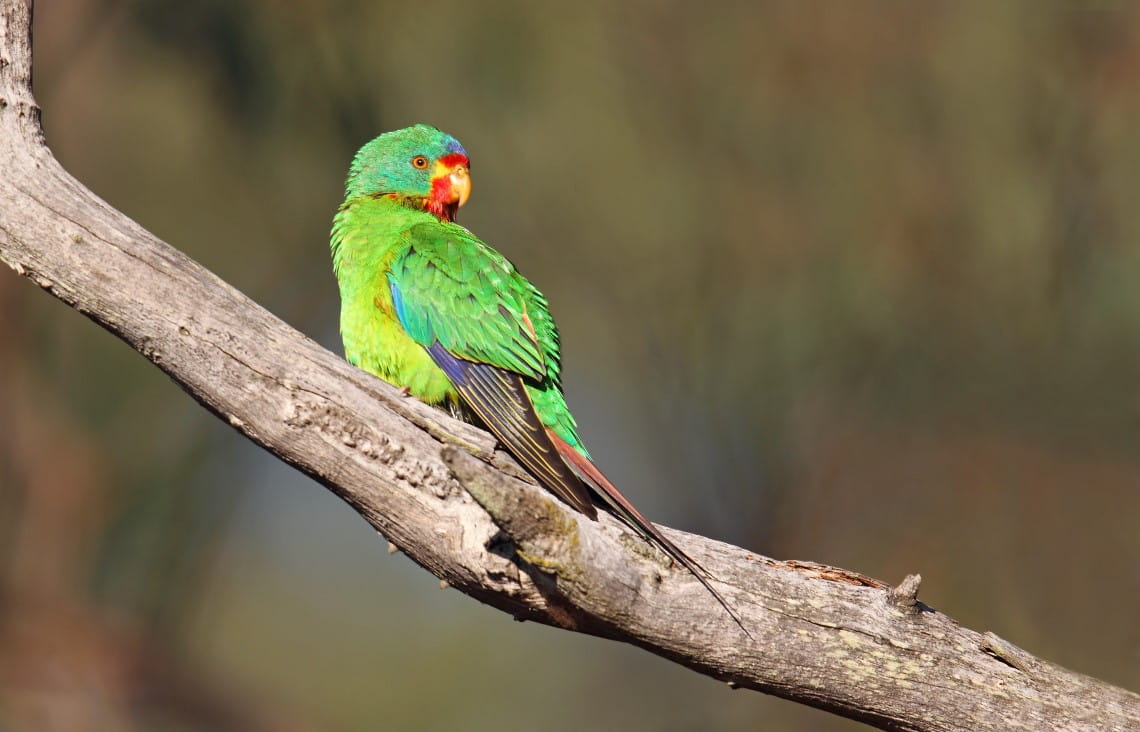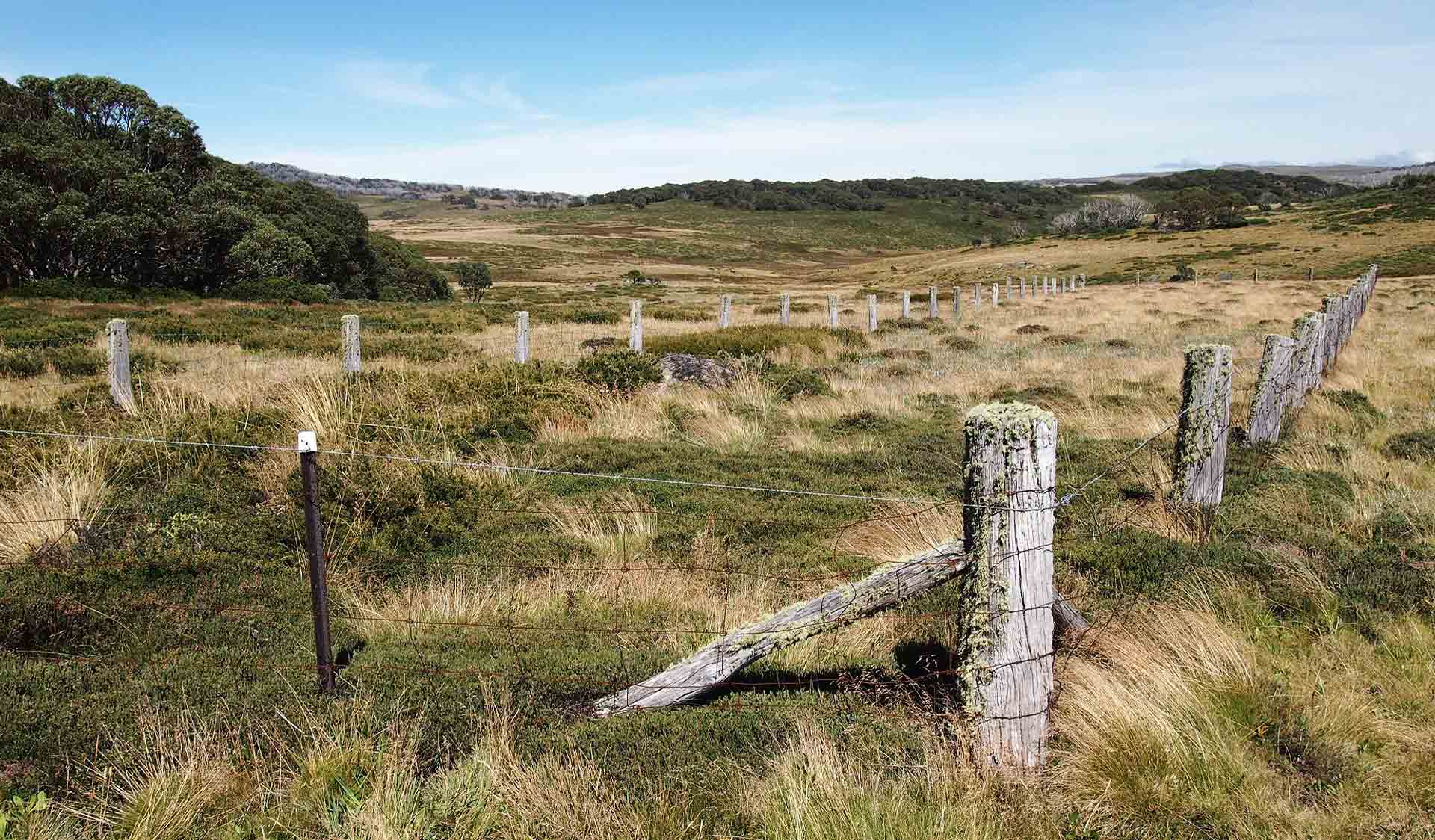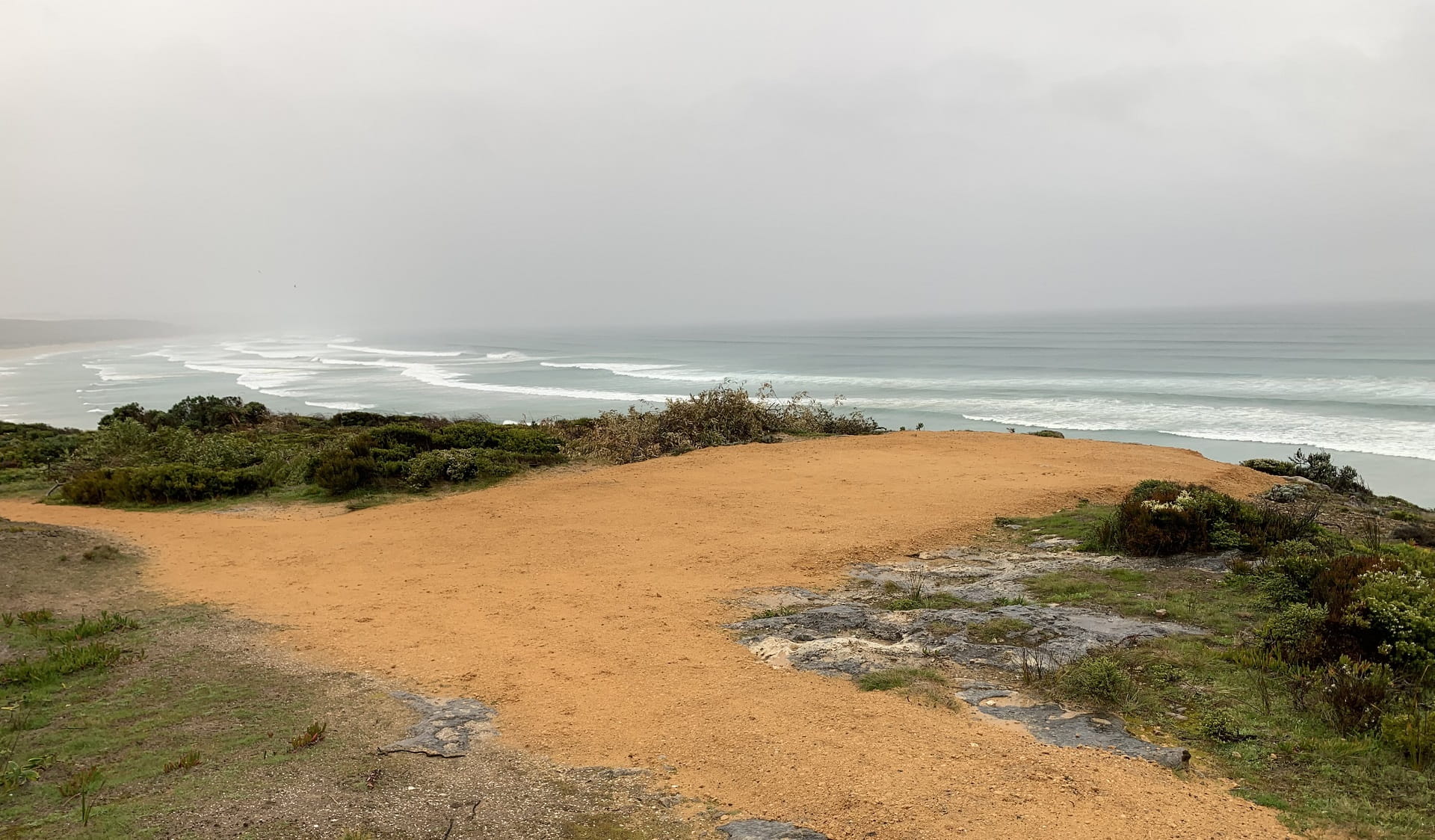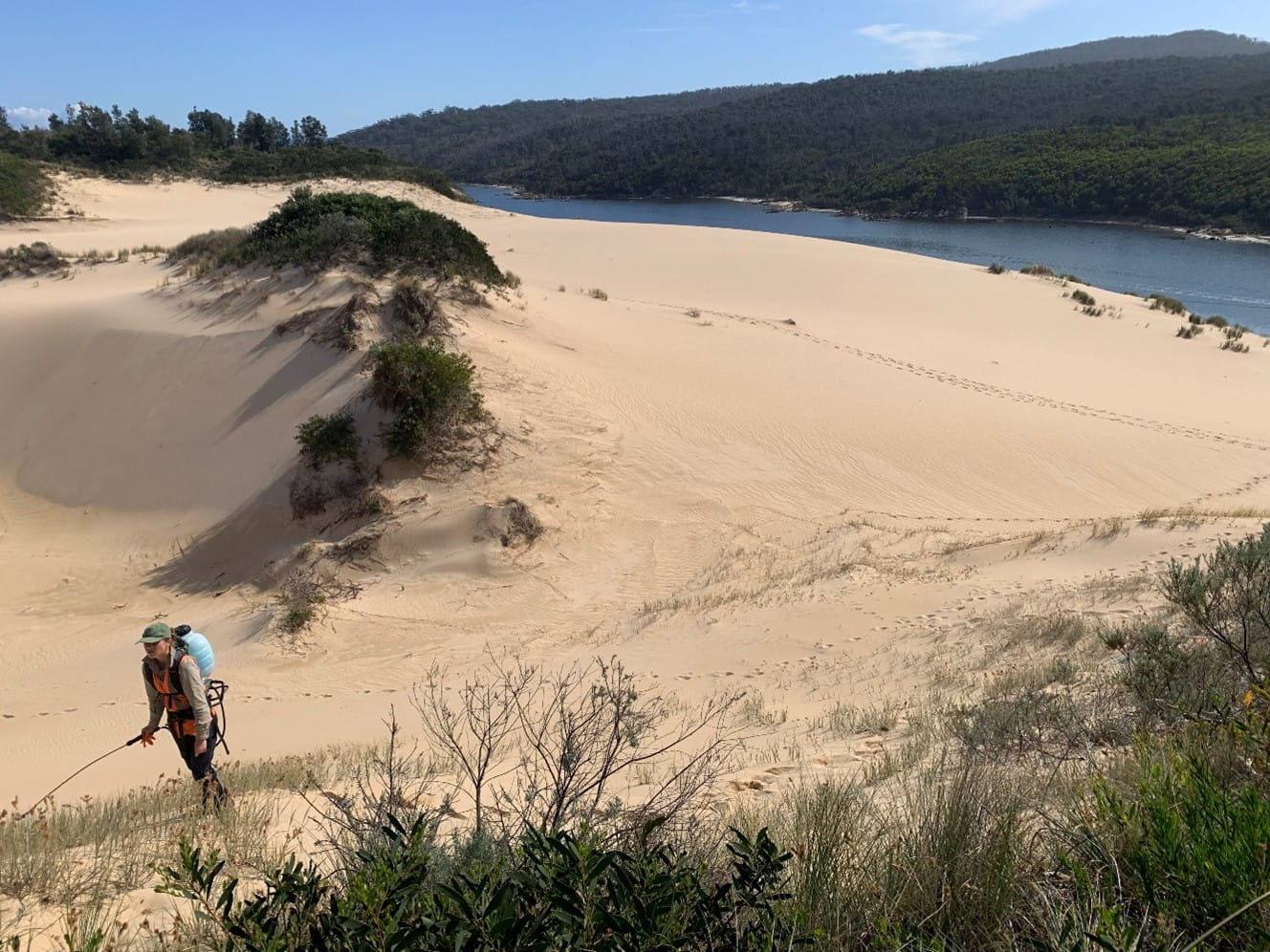Swift Parrots discovered at Deep Lead Nature Conservation Reserve
Friday 6 September, 2019
Parks Victoria and citizen scientists from the Field Naturalists Club of Victoria recorded a number of critically endangered Swift Parrots at Deep Lead Nature Conservation Reserve during a fauna survey.
Findings of the winter survey indicate up to 100 Swift Parrots were sighted over two days - a significant number given there are estimated to be only about 2,000 individuals left in the wild. Swift Parrots, one of only two species of migratory parrot in the world, breed in Tasmania and fly to the mainland in winter to feed on flowering Eucalypts.
Using techniques including bird surveys, spotlighting, and remote cameras, the survey recorded the resident wildlife and collected valuable species data to inform future conservation works.
Known to locals as ‘The Ironbarks’, Deep Lead Nature Conservation Reserve is located on the edge of Stawell in Western Victoria, in the shadows of the Grampians mountain range or ‘Gariwerd’ as it is known by Traditional Owners. It is an internationally significant conservation area, known to support at least 350 native species, 21 of which are threatened, and three of which don’t exist anywhere else in the world.

Swift Parrot. Credit: Chris Tzaros, Birds Bush and Beyond
Dr Mark Antos, Parks Victoria Manager Biodiversity Science says the reserve is a perfect example of the resilience of nature.
“The area was a very active goldfield during the 1800s and was heavily dug over and disturbed. Since being protected in 1982, the native Eucalypt woodlands have recovered and it is now a haven for wildlife,” says Dr Antos.
“The reserve contains a vast range of Eucalyptus species which flower at different times and provide a supply of nectar over much of the year for many native animals. This makes it a hotspot for birds affectionately nicknamed ‘blossom nomads’, such as Purple-crowned Lorikeets and rambunctious Friarbirds, which travel together across the landscape searching for Eucalypt blossoms.”
Protecting such a threatened species requires a coordinated effort across government and community. Parks Victoria ensures that habitat is protected for the species’ survival in the wild, volunteer citizen scientists contribute to our knowledge base, and Zoos Victoria has included the Swift Parrot in their ‘Fighting Extinction Priority List’.
Visit Citizen Science to learn how you can visit nature and contribute to science. To learn more about how Parks Victoria is protecting important species, visit Conservation and Science.




